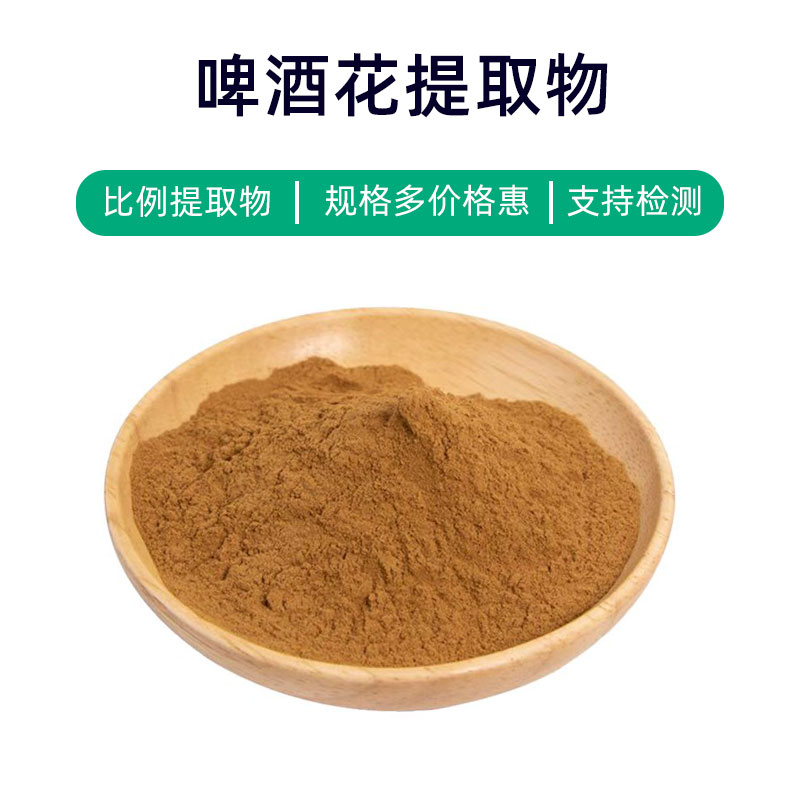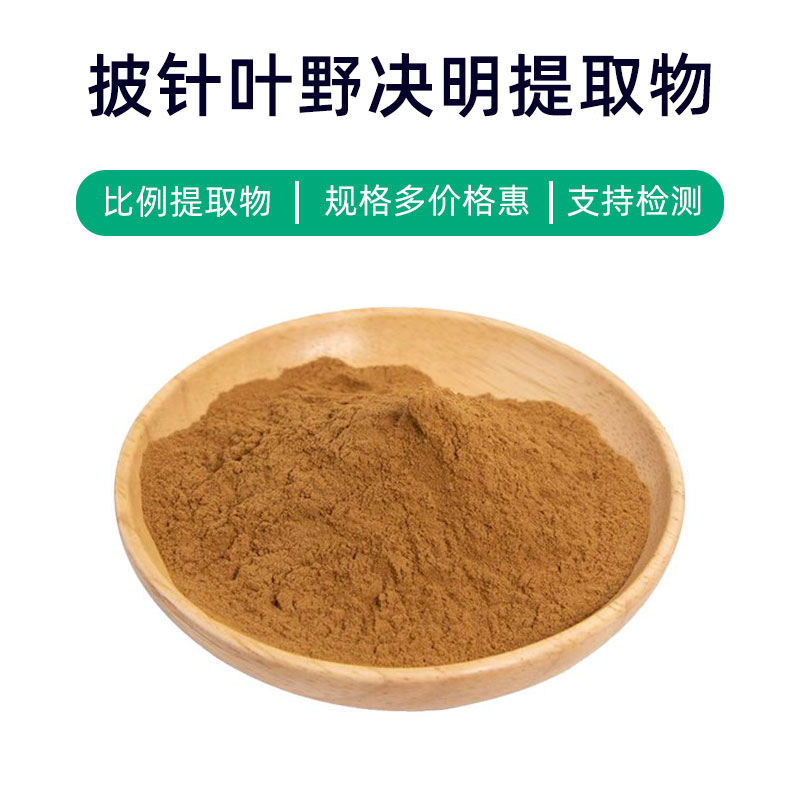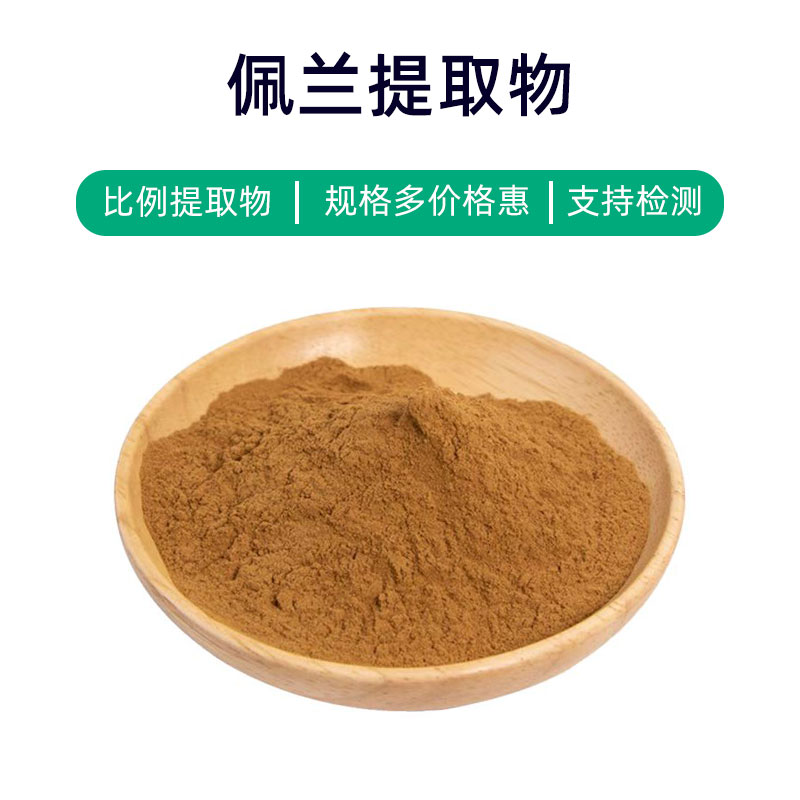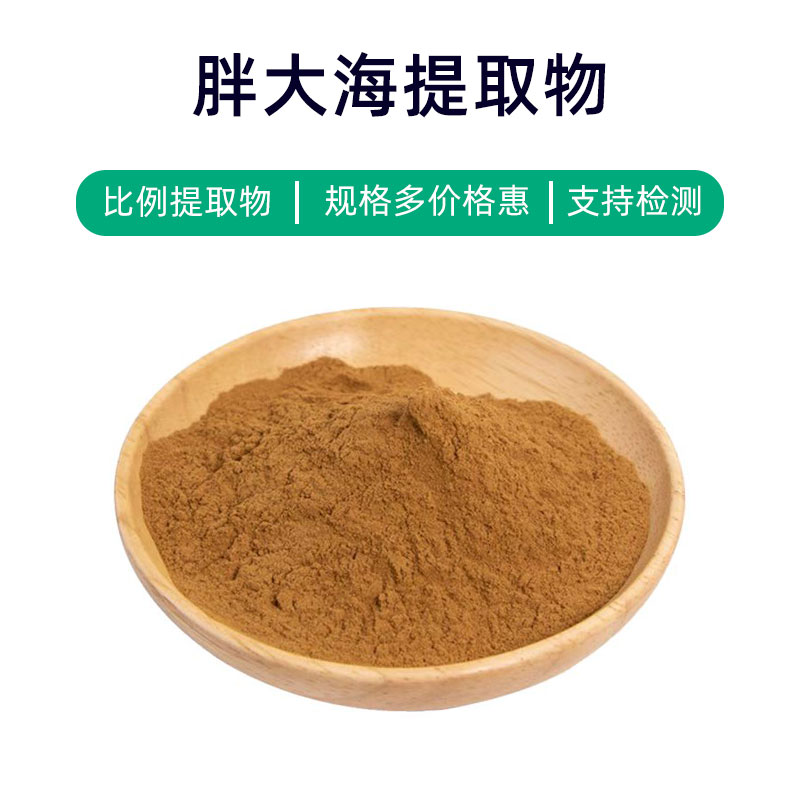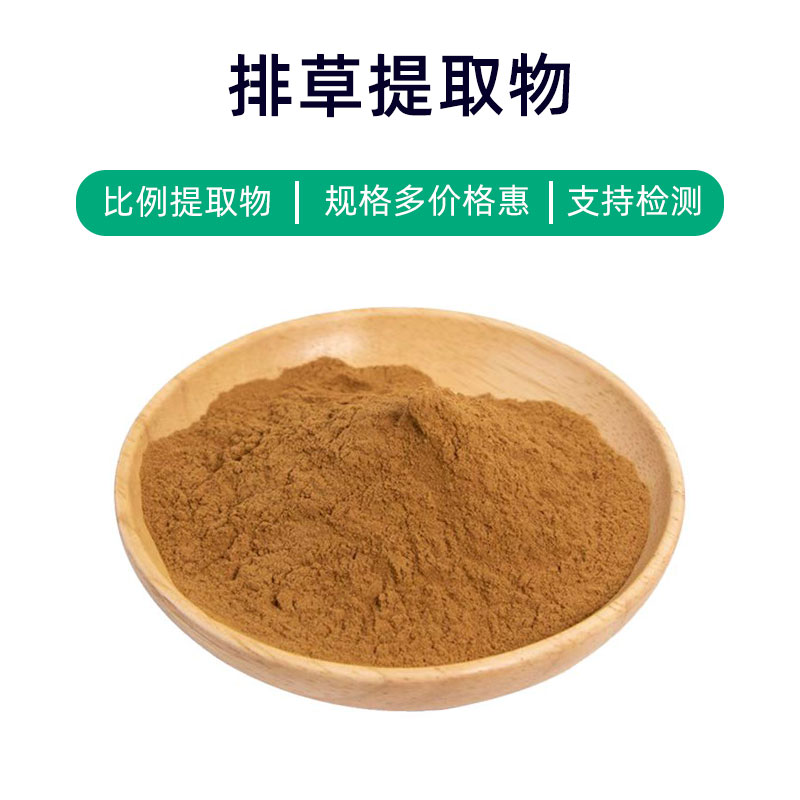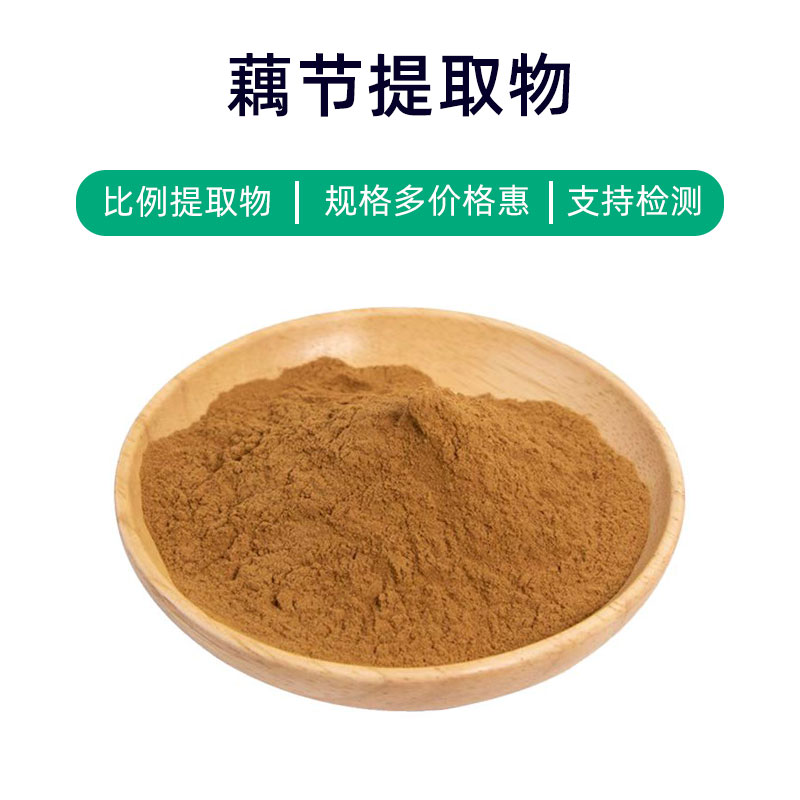Bitter Melon Extract Product Overview
Bitter melon extract is a natural plant extract derived from bitter melon fruit, with main components including bitter melon glycosides, proteins, vitamin C, and polysaccharides. It has garnered significant attention due to its rich nutritional profile and various health benefits.
Main Benefits Include:
- Blood Sugar Regulation: The active components in bitter melon extract, like bitter melon glycosides, help regulate blood sugar levels, providing supportive effects for diabetes patients.
- Lipid Regulation: It can lower cholesterol and triglyceride levels in the blood, aiding in the prevention of cardiovascular diseases.
- Antioxidant Properties: Rich in vitamin C and other antioxidants, it helps eliminate free radicals, slows down cellular aging, and boosts immunity.
- Weight Loss: Bitter melon extract promotes fat metabolism, inhibits fat synthesis and accumulation, assisting in weight loss and reducing fat buildup.
In terms of application, bitter melon extract is widely used in medicine, health supplements, food additives, and cosmetics. In medicine, it can be made into oral capsules or liquids as an adjunct treatment for diabetes and cardiovascular issues; in health supplements, it's often used for blood sugar regulation, lipid reduction, and immunity enhancement; as a food additive, it can be included in tea beverages, juices, and health foods, enhancing nutritional value and functionality; in cosmetics, it is utilized in products with antioxidant and anti-aging properties, such as face masks and lotions. It is advised to use as directed on the product label or as recommended by a physician to avoid adverse effects from overuse.
Bitter Melon Extract Production Process
The production process of bitter melon extract typically includes the following steps:
- Raw Material Preparation: Fresh bitter melon fruits are selected, cleaned, and processed to remove surface impurities, ensuring quality and purity.
- Chopping and Grinding: The cleaned bitter melons are chopped into small pieces and then ground to a fine consistency to enhance extraction efficiency.
- Extraction Process: Appropriate solvents (such as water or ethanol) are used to extract the active components from the chopped bitter melon, usually employing methods like soaking or ultrasonic extraction.
- Filtration and Concentration: The extract is filtered to remove solid impurities, followed by concentration to evaporate the solvent, yielding a concentrated bitter melon extract liquid.
- Refinement and Purification: The concentrated extract undergoes refinement and purification to eliminate impurities and unwanted components, improving product quality.
- Drying: The refined extract is dried using methods such as spray-drying, vacuum-drying, or freeze-drying, transforming it into a powdered form.
- Packaging and Storage: The dried bitter melon extract is packaged in moisture-proof and oxidation-proof materials, stored in a dry, cool environment, away from direct sunlight and high temperatures to maintain stability and quality.
This outlines the general manufacturing process for bitter melon extract; specific processes may vary among manufacturers.
Bitter Melon Extract Benefits and Side Effects
Bitter melon extract, as a natural plant extract, offers various benefits:
- Blood Sugar Control: Contains an ingredient called momordicin that helps regulate blood sugar levels, providing supportive treatment for diabetes patients.
- Weight Loss and Control: Promotes fat metabolism, reducing weight and aiding those struggling with obesity.
- Antioxidant Effects: High in natural antioxidants like vitamins C and E, helping to neutralize free radicals and protect cell health.
- Blood Pressure Regulation: Components in bitter melon extract may help lower blood pressure by relaxing blood vessels and reducing vascular resistance.
- Immune Boosting: Rich in vitamins and minerals, it enhances the body's immune response, helping to prevent infections and illnesses.
Main Side Effects Include:
- Digestive Issues: May cause digestive discomfort such as bloating and diarrhea, especially for sensitive individuals.
- Low Blood Sugar: Due to its blood sugar-lowering effects, excessive consumption may lead to hypoglycemia, causing dizziness and fatigue.
- Allergic Reactions: Some people may experience allergic reactions, including rashes and itching.
- Interference with Medication Metabolism: May affect the metabolism and absorption of certain medications, such as oral hypoglycemics or antihypertensives.
Overall, while bitter melon extract has many benefits when used correctly, caution is advised to avoid adverse reactions. Specific populations, such as pregnant or breastfeeding women, children, and those with chronic illnesses, should consult a doctor before use.
Applications and Dosages of Bitter Melon Extract
Bitter melon extract has widespread applications in medicine, food, and cosmetics. Here’s a focus on its usage and dosage in these areas:
- Medical Applications:
- Blood Sugar Medication: Used as a supplementary treatment for diabetes, typically recommended at doses of 300 to 600 mg per dose, taken 2-3 times daily, adjustable based on individual needs and medical advice.
- Blood Pressure Medication: Commonly used for hypertension management, with a standard dosage of 300 to 600 mg, taken 2-3 times daily under physician guidance.
- Health Supplements: Sold as a health supplement, typically suggested at 300 to 600 mg per dose, taken 1-2 times daily, preferably with meals.
- Food Applications:
- Functional Foods: Often added to functional foods like bitter melon juice or tea to help regulate blood sugar and weight, with a daily consumption range of 100 to 200 ml, depending on individual needs.
- Seasoning: Can be used in the formulation of food items like bitter melon sauce or cookies, with quantities depending on specific recipes.
- Cosmetic Applications:
- Skincare Products: Rich in antioxidants, used in skincare aimed at antioxidant and anti-aging effects, with application amounts advised as needed on the face, 1-2 times daily.
- Hair Care Products: Commonly found in hair care products for scalp conditioning and cleanliness, recommended application involves massaging onto damp hair and rinsing thoroughly.
Overall, the applications of bitter melon extract vary in dosage and method, but specific amounts should be determined based on product formulation, individual situations, and medical advice. Users should follow the recommended dosage on product labels and consult with healthcare providers.
Bitter Melon Plant Source, Distribution, and Growth Environment
Bitter melon (scientific name: Momordica charantia) is a well-known cucurbit plant, also referred to as bitter gourd or balsam pear, whose fruit is commonly consumed and used medicinally. Below is information about the plant source, distribution, and growth environment of bitter melon extract.
1. Plant Description:
Bitter melon is a climbing herbaceous plant belonging to the cucurbit family with features such as a climbing stem, lobed leaves, yellow flowers, and elongated fruits with a bumpy exterior, known for its bitter taste. It requires ample sunlight and is a warm-season crop.
2. Distribution:
Bitter melon originates in tropical regions and is mainly found in tropical and subtropical areas of Asia, Africa, and the Americas, including India, China, Southeast Asian countries, various parts of Africa, and the Caribbean. In China, it is widely distributed, with significant production areas in Guangdong, Guangxi, Fujian, and Yunnan.
3. Growth Environment:
Bitter melon thrives in warm, humid climates and prefers temperatures between 20°C and 30°C, with a growth period of approximately 3 to 5 months. It isn't particularly fussy about soil but grows best in loose, fertile, well-drained loam. It cannot tolerate waterlogging or salinity. Proper sunlight and moderate moisture are crucial, and it demonstrates strong drought resistance.
4. Cultivation Techniques:
Growing bitter melon is relatively straightforward, typically propagated via seeds. The planting season is usually in spring or summer, with options for direct sowing or transplanting seedlings. Care entails timely watering, fertilizing, weeding, and managing support structures for vine growth. Harvesting occurs when fruits mature and the skin turns yellow.
In summary, bitter melon, the source plant for the extract, primarily grows in tropical and subtropical regions, thriving in warm, humid conditions and fertile soil, with relatively simple cultivation techniques.
Bitter Melon Extract Processing and Storage
The processing of bitter melon extract involves steps such as harvesting, extraction, filtration, concentration, and drying. Initially, ripe bitter melon fruits are harvested for extraction. Suitable methods, such as water extraction or solvent extraction, are applied to obtain the extract. Then, the extract undergoes filtration and concentration before being dried to produce either powder or liquid products. During storage, extracts should be kept in a cool, dry place, shielded from direct sunlight and humidity, to minimize oxidation, ideally sealed to extend shelf life.
Monica Sun is a seasoned expert in the plant extraction industry with over a decade of experience in research and production. She specializes in the extraction and purification of plant active ingredients, focusing on driving innovation in natural product applications. Monica has participated in the development of multiple functional plant extracts, delivering high-value natural raw material solutions for the health food, pharmaceutical, and dietary supplement sectors.









